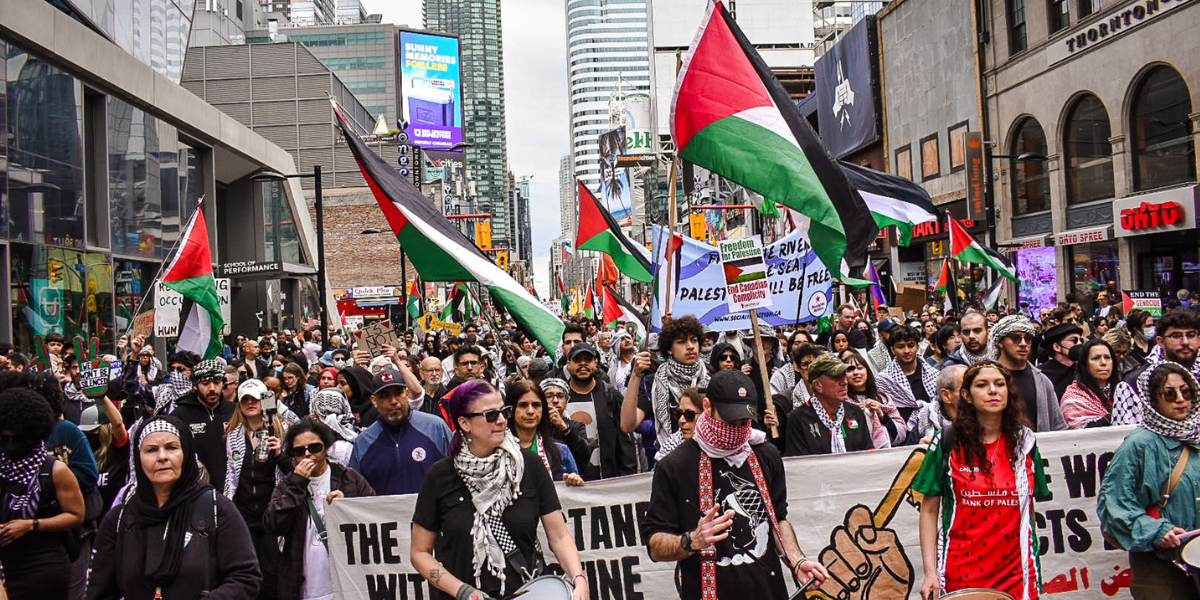On May 17, 2025, during the 77th commemoration of the Nakba, Israel launched its most ferocious escalation in Gaza since the collapse of the ceasefire deal in March. Israel called up sixty thousand reservists over the following days. Warplanes screamed overhead. Missiles rained down on neighbourhoods already reduced to rubble. The objective was unmistakable: force Palestinians from northern Gaza, consolidate military control, and lay the groundwork for permanent occupation.
In the days after the troop mobilization, Israeli forces issued mass expulsion orders across northern Gaza—Beit Lahiya, Jabalia, and vast swaths of the densely populated refugee camps. An Israeli military spokesperson declared these zones “dangerous combat areas,” signalling an imminent and expanded assault. The remaining options for Palestinians are to leave or be obliterated.
Then came the admission.
Prime Minister Benjamin Netanyahu told the Knesset Foreign Affairs and Defence Committee what his government had long signalled: the destruction of Gaza’s infrastructure is not just military strategy—it is a campaign of forced displacement.
“We are destroying more and more homes,” he said, adding that the “only inevitable outcome will be the wish of Gazans to emigrate outside of the Gaza Strip.”
He spoke, too, of aid, revealing that Palestinians would only receive humanitarian assistance if they remained in designated areas and did not attempt to return home. The Israeli occupation dangles food and medicine like bait in a cage.
As of May 25, only 107 aid trucks had entered Gaza after eleven weeks of total blockade. The United Nations says 600 are needed every day to stem famine. Children’s skeletal frames are broadcast to the world, a silent scream against a policy that uses starvation as leverage. Yet Israeli officials continue to deny that a food crisis exists.
“Sterile zones”: Containment behind humanitarian facade
Now, Netanyahu has introduced a new euphemism: “sterile zones.” Officially described as areas cleared of Hamas control for safe aid delivery, they are in reality containment camps—tightly controlled zones in southern Gaza where displaced Palestinians are being pushed en masse.
These zones are not safe corridors. They are not sanctuaries. They are cages without walls, designed to consolidate population control and prevent the return of refugees to their homes in the north. In Netanyahu’s own words, Israel will deny aid to Palestinians who try to return to their homes.
The model recalls the U.S.-backed Strategic Hamlet Program during the Vietnam War, when rural communities were uprooted and confined to controlled compounds in an attempt to sever their ties to insurgents. Israel now adapts that same logic in Gaza—using the promise of food and survival to herd people into enclaves, while systematically razing the areas they once lived in.
Under the proposed plan, aid distribution would increasingly be managed by American military contractors, sidelining UN agencies and humanitarian NGOs. The United Nations has condemned this approach, warning that it turns basic survival into a bargaining chip. Aid, they insist, must reach people where they live, not used as a tool of forced relocation.
Netanyahu: From strategic partner to regional liability
Netanyahu’s far-right government has become a destabilizing force, not only for Gaza but for Western interests across the region.
The conflict risks sparking popular uprisings that could threaten regional stability, just as they did during the Arab Spring, and unravel fragile alliances between Arab governments and Western interests. The West is deeply invested in securing long-term financial deals and strategic partnerships with these governments, underscored by U.S. President Trump’s recent high-profile visit to the region.
Netanyahu’s actions have undercut normalization talks with Saudi Arabia and others, reversing years of diplomatic groundwork. Once seen as a bulwark of regional order, he is now regarded as a source of strategic chaos in Western capitals—an unpredictable actor jeopardizing alliances and complicating every effort toward regional stability.
In an unprecedented move, Canada, the UK, and France jointly voiced serious concern over Israel’s military actions and the humanitarian blockade, marking a rare public challenge to longstanding support. While Western governments have stopped short of imposing sanctions, there is widespread speculation about that possibility. Meanwhile, the UK has taken concrete steps by suspending its free trade agreement with Israel, signalling growing unease and pressure over the ongoing military escalation and humanitarian crisis.
Canada’s complicity: The business of war
And still, Canada ships weapons.
As famine grips Gaza and hospitals collapse under the strain of mass displacement and infection, Canada continues to authorize arms exports to Israel. Foreign Minister Anita Anand has condemned the public starvation, but contracts flow behind the scenes.
Since Canada pledged to freeze new permits in January 2024, more than $28.5 million in military exports were still approved under existing licenses:
- $1.7 million in bombs, missiles, and munitions
- $18.4 million in electronic components for weapons systems
- $9.2 million in aircraft and drone parts
- $7.3 million in fire control systems
- $859,000 in ground vehicle components
These are not theoretical contributions. They are parts and systems directly embedded in the weaponry deployed in Gaza, from UAVs used for surveillance and targeting to avionics inside F-35 fighter jets dropping payloads on crowded shelters.
This information is not speculative. Global Affairs Canada’s export reports confirm the figures, and independent monitors like Project Ploughshares have verified the equipment’s role in the war.
One clear demand
If Canada is serious about human rights, international law, and its professed values, it must do more than speak.
It must act.
A complete, two-way arms embargo is the only principled response. That means cancelling all existing export permits and ending military imports from Israel, freezing joint defence research, and supporting international investigations into war crimes.
No more caveats. No more technicalities. No more weapons flowing into a war built on displacement, siege, and starvation.
Did you like this article? Help us produce more like it by donating $1, $2, or $5. Donate

